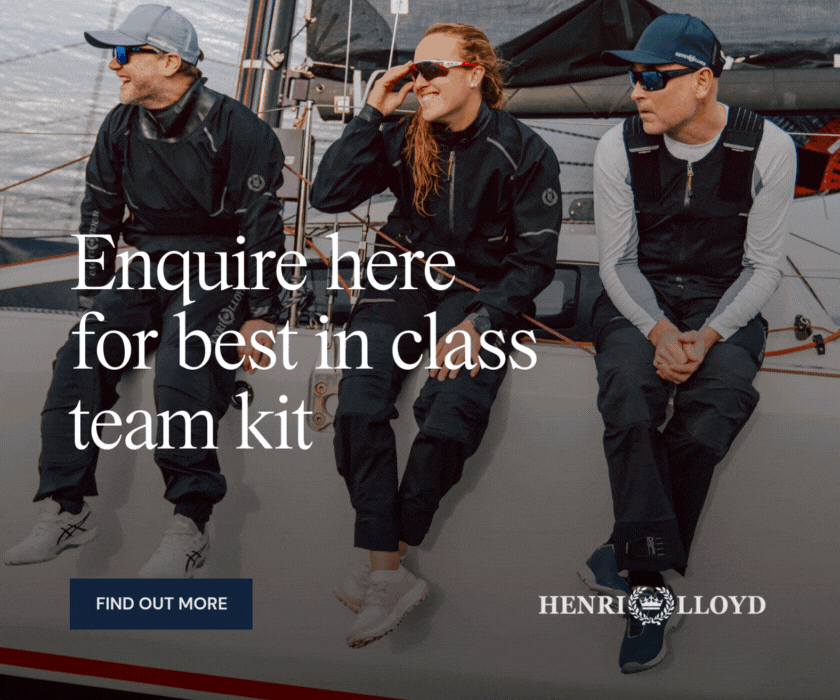
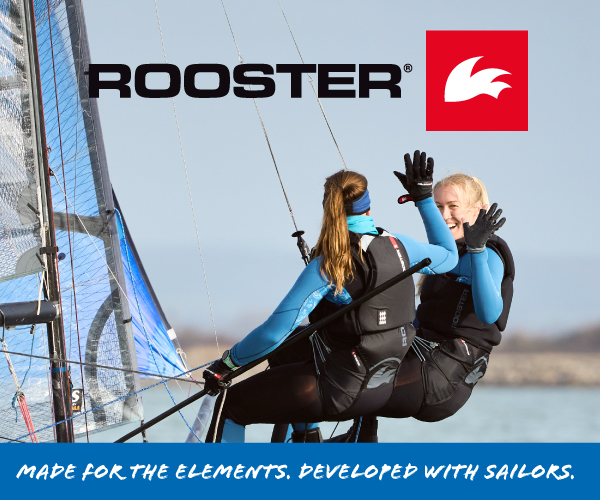
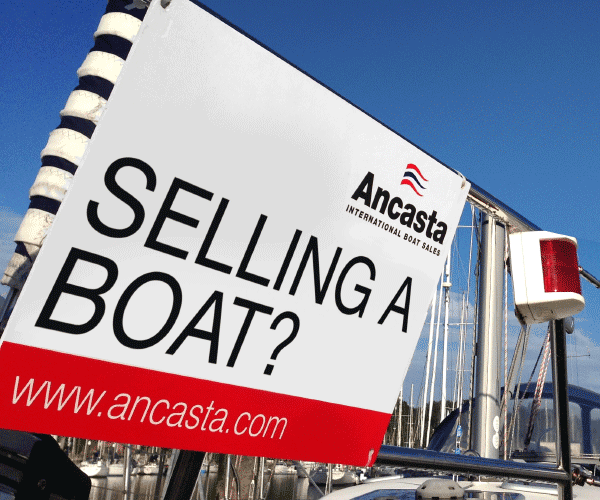
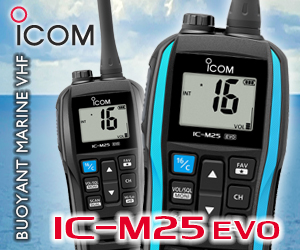



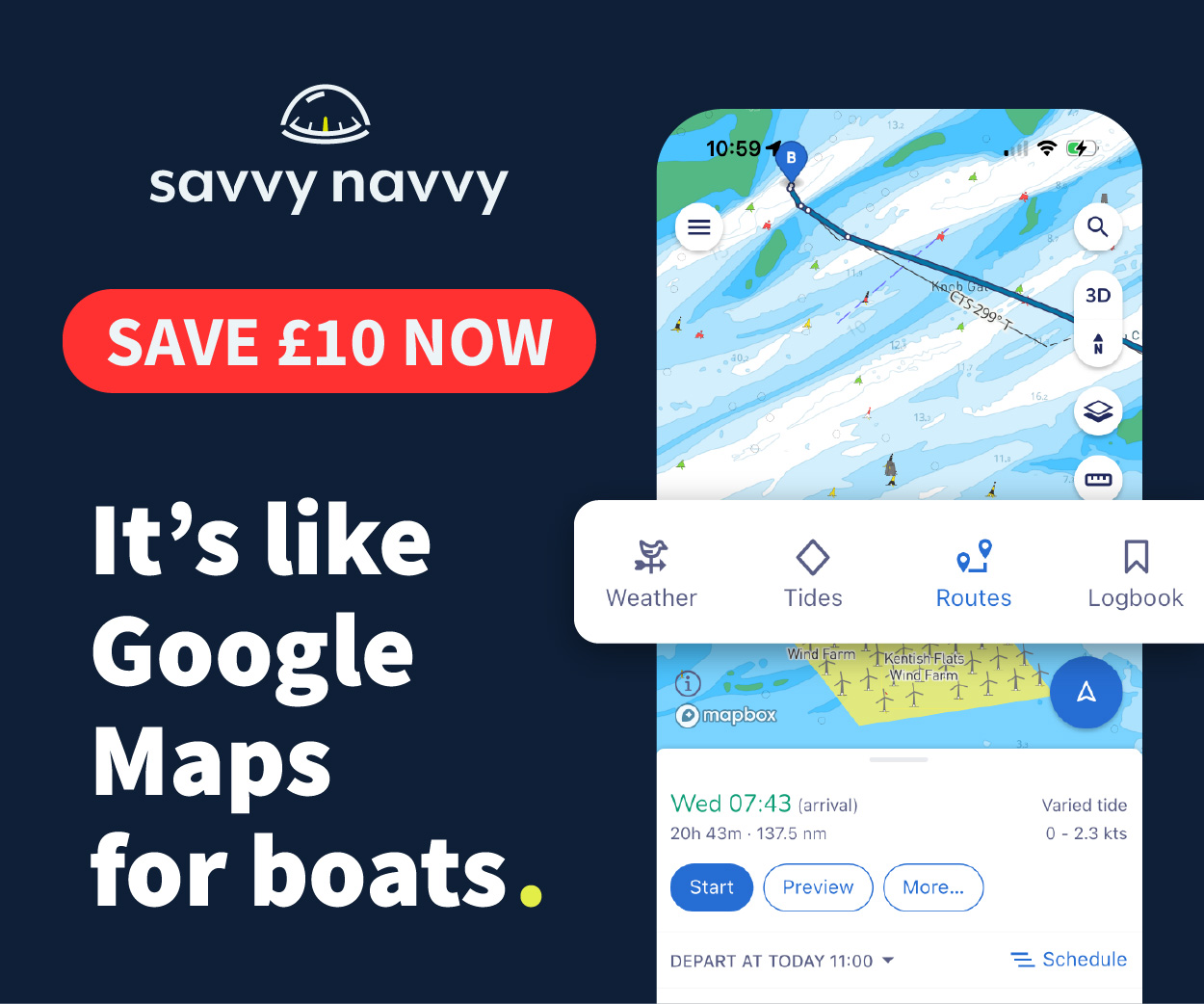

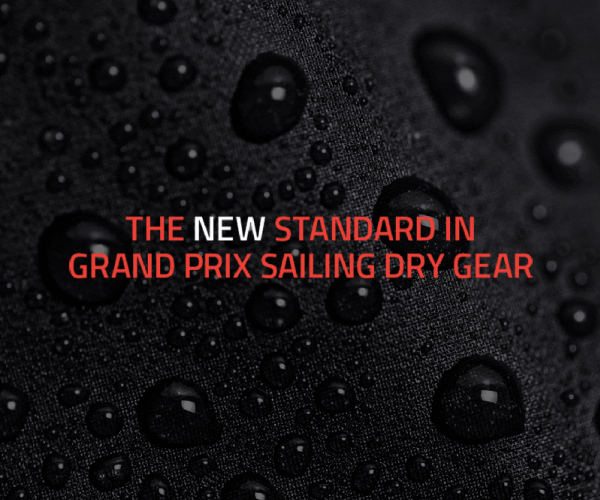
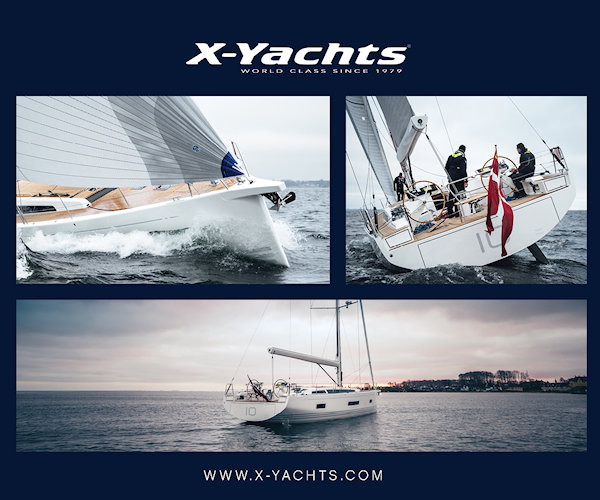


| Laser 140101 Tynemouth |
 |
| Laser 28 - Excellent example of this great design Hamble le rice |
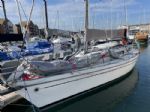 |
| Rossiter Pintail Mortagne sur Gironde, near Bordeaux |
 |
List classes of boat for sale |
Downwind in Shifts? |
Post Reply 
|
Page 123 4> |
| Author | |
G.R.F. 
Really should get out more 
Joined: 10 Aug 08 Location: United Kingdom Online Status: Offline Posts: 4028 |
 Post Options Post Options
 Quote Quote  Reply Reply
 Topic: Downwind in Shifts? Topic: Downwind in Shifts?Posted: 24 Sep 09 at 8:43am |
|
So I'm wondering what y'all do to spot them, the shifts I mean.
Do those electronic gizmo things come into play? I've not felt the need for them upwind, one thing the years on the board does gift you with is a 'feel' for wind direction, it's deadened a bit sat down and with the infernal wiggle stick bit, but it's still there just the same. But down wind it's not, or at least I haven't managed to totally spot the more subtle changes that can help. Less so in the Blaze than the Alto, I guess without the curly whirly kite to go by and I'm not totally convinced the Blaze makes more ground fast enough to sail high angles, I think it's more lazer like in that regard.. So what do you single handed folk do to judge which way to go and when. I mean it's o.k. if you get an obvious one as you round the top mark, but further down in a long leg in puffy stuff like we've had down here of late. Any golden rules, pointers, do the gadgets even function downhill? (Don't really know what they do uphill, guess they are compasses of sorts). |
|
 |
|
chrisg 
Really should get out more 
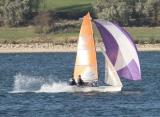
Joined: 23 Mar 07 Location: United Kingdom Online Status: Offline Posts: 893 |
 Post Options Post Options
 Quote Quote  Reply Reply
 Posted: 24 Sep 09 at 8:47am Posted: 24 Sep 09 at 8:47am |
|
I dont think shifts are as important downwind, but gusts are. I spend the whole time looking for darker patches of water and aim for them. But i'm not very good so someone who knows what they are talking about might know more....
Edited by chrisg |
|
 |
|
Guest 
Newbie 
Joined: 21 May 04 Location: United Kingdom Online Status: Offline Posts: 0 |
 Post Options Post Options
 Quote Quote  Reply Reply
 Posted: 24 Sep 09 at 8:55am Posted: 24 Sep 09 at 8:55am |
|
It's all about feel; you will develop it in time ... you probably havn't noticed subtle wind changes whilst flapping your air oar around ... As stated above in a fast assy it's all about presure more than wind angle.
|
|
 |
|
G.R.F. 
Really should get out more 
Joined: 10 Aug 08 Location: United Kingdom Online Status: Offline Posts: 4028 |
 Post Options Post Options
 Quote Quote  Reply Reply
 Posted: 24 Sep 09 at 9:05am Posted: 24 Sep 09 at 9:05am |
|
Well even when rowing our flappy air oars, there's always a tack that's
more effective (It's easier to pump higher than lower for a start) so it's a no brainer selecting the tack on a board and gybing is obviously a lot easier and more accessible if you are air rowing in lighter conditions. In fact rather like dinghy roll tacks we invented a multiple gybe pump action back in the day when the legality was dubious. Whatever we digress, so what y'all are saying is you haven't a clue - yeah? And even if you had those gizmo thing you wouldn't know what to do with them either? Tell me you would still take the tack that taking you closest the mark at least.. doh. |
|
 |
|
hum3 
Far too distracted from work 
Joined: 23 Jun 06 Online Status: Offline Posts: 247 |
 Post Options Post Options
 Quote Quote  Reply Reply
 Posted: 24 Sep 09 at 9:07am Posted: 24 Sep 09 at 9:07am |
|
Ooooooh... That totally depends on the type of boat you sail, and the prevailing conditions. In a relatively slow assy boat like the 200 where you have to gybe downwind through relatively large angles, downwind shifts and gusts are very important, especially in dispalcement conditions. A lift tends to announce itself by the pressure in the kite starting to fall when you haven't changed direction (compass useful to confirm that). As you want to sail on the headers downwind, that's usually a sign to consider gybing. A puff will feel like a header as the apparent wind comes forward as it increases. You can sail lower until the boat has fully accelerated - then you might have to come back up close to the original heading. In planing conditions, pressure is king. If the shifts are big, (such as a wind bend) they MIGHT come into consideration, but usually I'd choose pressure over the shifts in those circumstances. EDIT - correction! Edited by hum3 |
|
 |
|
G.R.F. 
Really should get out more 
Joined: 10 Aug 08 Location: United Kingdom Online Status: Offline Posts: 4028 |
 Post Options Post Options
 Quote Quote  Reply Reply
 Posted: 24 Sep 09 at 9:27am Posted: 24 Sep 09 at 9:27am |
|
Shifts are very important downwind particularly if you're racing something
like this |
|
 |
|
Guest 
Newbie 
Joined: 21 May 04 Location: United Kingdom Online Status: Offline Posts: 0 |
 Post Options Post Options
 Quote Quote  Reply Reply
 Posted: 24 Sep 09 at 9:36am Posted: 24 Sep 09 at 9:36am |
|
To answer your question I never look at the compass downwind. Usually there are big angle changes with presure and they are pretty obvious to see/feel. |
|
 |
|
getafix 
Really should get out more 
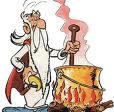
Joined: 28 Mar 06 Location: United Kingdom Online Status: Offline Posts: 2143 |
 Post Options Post Options
 Quote Quote  Reply Reply
 Posted: 24 Sep 09 at 9:43am Posted: 24 Sep 09 at 9:43am |
|
imagine you're on a 'sausage' course, you've got lifts and headers upwind so you'll also get them downwind, how do you spot 'em going downhill? just like sailing upwind, when you're going down the deeper you can run at a certain spot would be the equivalent of a header going upwind, while the higher you have to point would be the equivalent of a lift going upwind, same factors which "generate" the shifts upwind will also do the biz while you're going downhill, i.e; clouds, gusts, land features.... try to "map" them in your head by spotting land features you can then try to aim for, or avoid, when going back upwind depending on whether or not it's a header or lift
like mr perkins above says, it's about pressure and feel downhill, although you can see the gusts coming and may be able to sail to the lifted side if there's boats behind you switched on enough to be sailing to them as they come through |
|
|
Feeling sorry for vegans since it became the latest fad to claim you are one
|
|
 |
|
timnoyce 
Really should get out more 

Joined: 05 Aug 04 Location: Hampshire Online Status: Offline Posts: 1991 |
 Post Options Post Options
 Quote Quote  Reply Reply
 Posted: 24 Sep 09 at 11:24am Posted: 24 Sep 09 at 11:24am |
|
That footage is epic Grumph, not often duels like that get captured for their entirity.
|
|
|
BEARFOOT DESIGN
Cherub 2648 - Comfortably Numb |
|
 |
|
damp_freddie 
Far too distracted from work 

Joined: 20 Oct 05 Location: Aruba Online Status: Offline Posts: 339 |
 Post Options Post Options
 Quote Quote  Reply Reply
 Posted: 24 Sep 09 at 2:21pm Posted: 24 Sep 09 at 2:21pm |
|
good youtube...god those guys are skilled!
gybing on the lifts and finding wind bends is all said and done, but in a big pusher apparent wind boat, like the I moths or the 9er boats then riding the gusts and staying under pressure with an eye on the mark is more appropriate - given there are no extremes! In a blaze or an RS400 you are going to have a good tactical race 'tacking downwind' but as stated above, a lifting gust can be deceptive- you sail deeper but could have a double pluss by gybing on it. Wind shifts are often associated with either higher or lower wind speed. This is why top teams take the time to go up the course on long, loing tacksand shoot head to wind a few times. Just reverse the pattern for offwind. |
|
 |
|
Post Reply 
|
Page 123 4> |
| Forum Jump | Forum Permissions  You cannot post new topics in this forum You cannot reply to topics in this forum You cannot delete your posts in this forum You cannot edit your posts in this forum You cannot create polls in this forum You cannot vote in polls in this forum |
Copyright ©2001-2010 Web Wiz
Change your personal settings, or read our privacy policy











 Printable Version
Printable Version Delicious
Delicious Digg
Digg Facebook
Facebook Furl
Furl Google
Google MySpace
MySpace Newsvine
Newsvine reddit
reddit StumbleUpon
StumbleUpon Twitter
Twitter Windows Live
Windows Live Yahoo Bookmarks
Yahoo Bookmarks Topic Options
Topic Options